The Evolution of Ferrari: From the 1960s to Today
Ferrari, one of the most iconic names in the automotive world, has been synonymous with speed, luxury, and prestige for over seven decades. Founded by Enzo Ferrari in 1939, the Italian marque quickly established itself as a dominant force in motorsport and a purveyor of some of the world’s most desirable road cars. The journey from the 1960s to today reveals a story of relentless innovation, unwavering dedication to performance, and a commitment to preserving the brand’s legacy while embracing the future.
The 1960s: A Decade of Racing Glory and Design Excellence

The 1960s marked a golden era for Ferrari, both on and off the racetrack. This decade solidified Ferrari’s reputation as a motorsport powerhouse and a creator of beautifully crafted road cars. In Formula 1, Ferrari achieved significant success, winning the constructors’ championship in 1961 and 1964. The decade also saw the debut of iconic endurance racers like the Ferrari 250 GTO, often regarded as one of the greatest cars ever built. With only 36 examples produced, the 250 GTO is revered for its perfect blend of engineering and aesthetics.
On the road car front, the 1960s brought the introduction of the Ferrari 275 GTB and the 330 GTC, vehicles that combined performance with luxury. These models featured groundbreaking technologies such as independent rear suspension and transaxle configurations, ensuring Ferrari remained at the forefront of automotive innovation.
However, the decade wasn’t without its challenges. Enzo Ferrari faced increasing competition from rival automakers like Ford, whose GT40 ended Ferrari’s dominance at Le Mans. Despite this, Ferrari’s spirit remained unbroken, and its reputation as a brand for purists was stronger than ever.
The 1970s: Expanding Horizons and V12 Masterpieces
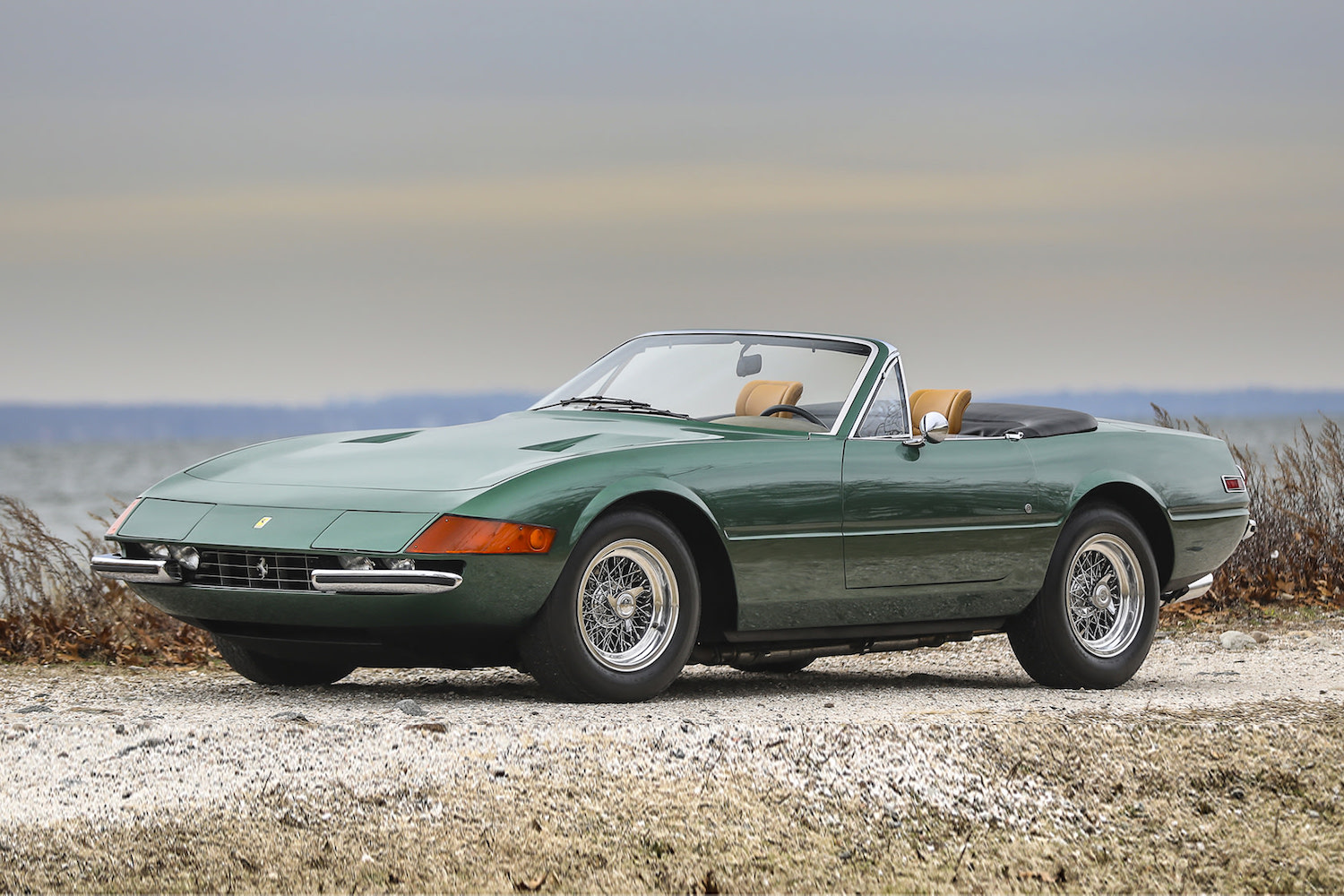
The 1970s were a transformative period for Ferrari. While the brand continued to dominate in motorsport, it also began to cater more to the growing demand for high-performance road cars. This decade saw the launch of the Ferrari 365 GTB/4, better known as the Daytona. With its aggressive styling and powerful V12 engine, the Daytona epitomized Ferrari’s commitment to speed and sophistication.
Another significant milestone was the introduction of the mid-engine Berlinetta Boxer (BB) series. The 365 GT4 BB and its successors, the 512 BB and BBi, represented a shift in Ferrari’s philosophy, moving away from traditional front-engine layouts for its flagship models. This configuration not only improved handling dynamics but also set the stage for Ferrari’s future supercars.
The 1970s also saw Ferrari grappling with new challenges, including stricter emissions and safety regulations. Despite these hurdles, the brand continued to innovate, producing cars that delivered exhilarating performance while meeting regulatory requirements.
The 1980s: The Era of Supercars
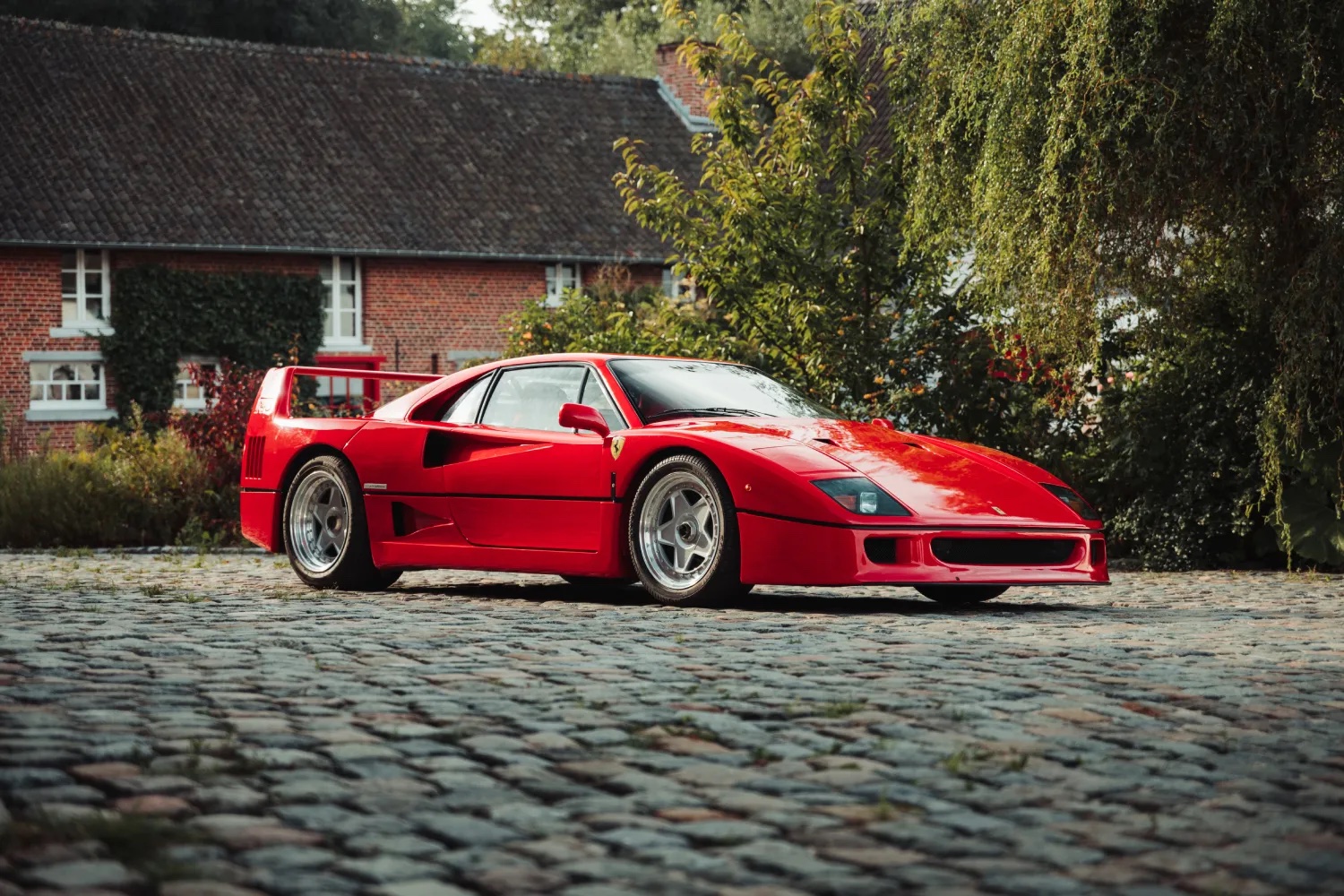
The 1980s were defined by Ferrari’s entry into the supercar league, a status symbol for the world’s elite. The Ferrari 288 GTO, launched in 1984, was a precursor to the hypercar revolution, featuring a twin-turbocharged V8 engine and cutting-edge aerodynamics.
This was followed by the legendary Ferrari F40 in 1987, a car that celebrated Ferrari’s 40th anniversary. The F40 was a no-compromise machine, designed with a singular focus on performance. With its lightweight construction, aggressive styling, and a twin-turbo V8 producing 478 horsepower, the F40 became an instant icon and remains one of the most celebrated Ferraris ever built.
In Formula 1, Ferrari experienced mixed fortunes during the 1980s. While the team struggled to secure championships, it remained a competitive force, producing memorable cars and achieving notable race wins. The decade also saw the rise of turbocharged engines, which Ferrari embraced with great success.
The 1990s: Modernization and a New Era of Success
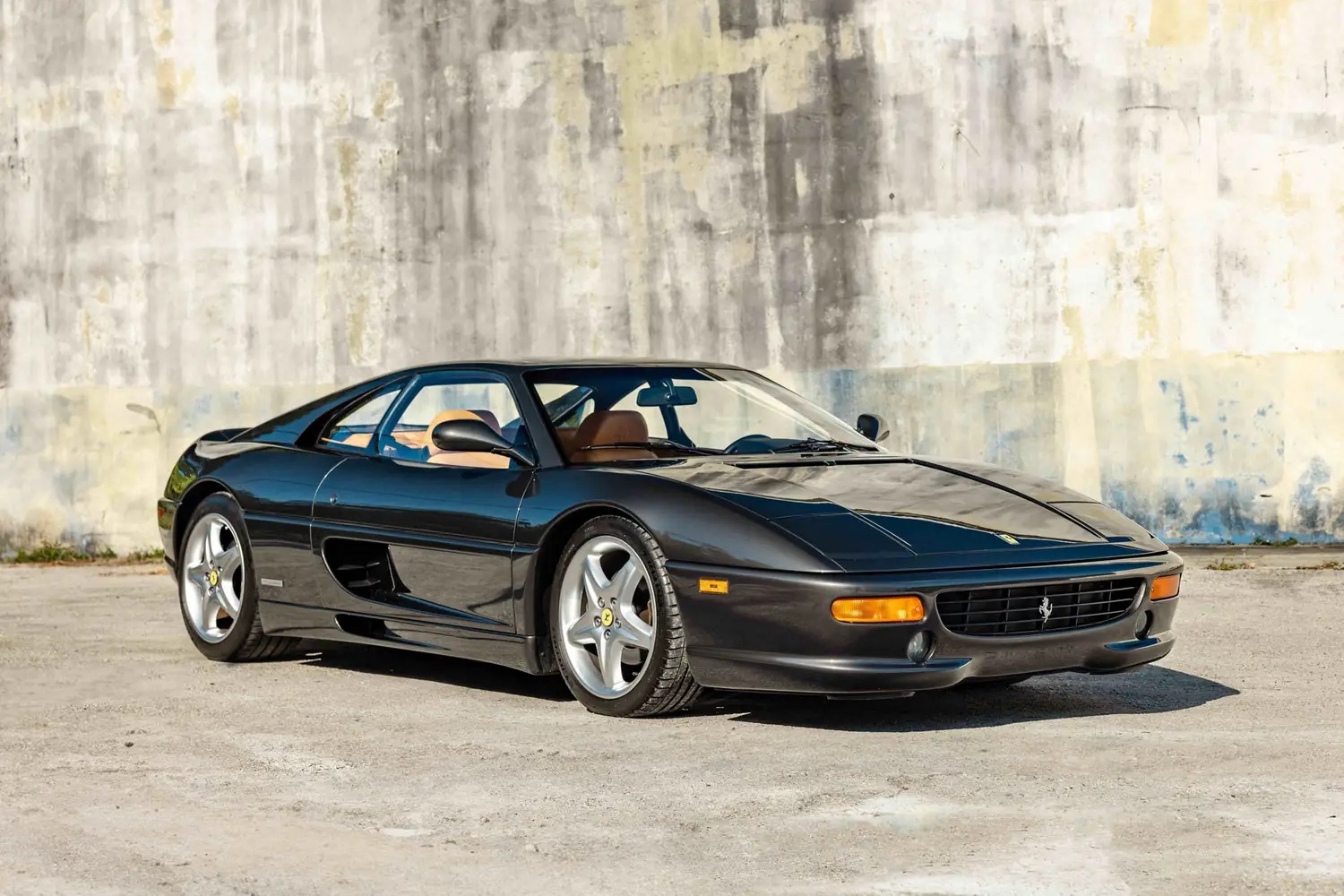
The 1990s ushered in a period of modernization for Ferrari, both in terms of technology and corporate structure. Under the leadership of Luca di Montezemolo, Ferrari adopted a more strategic approach to its road car lineup and motorsport activities.
The decade’s road cars reflected this evolution. The Ferrari F355, introduced in 1994, set new benchmarks for performance, handling, and everyday usability. It featured advanced technologies like a five-valve-per-cylinder engine and an F1-style automated manual gearbox. The F355 was followed by the Ferrari 360 Modena in 1999, a car that marked the beginning of Ferrari’s modern design language with its curvaceous body and aluminum construction.
In motorsport, Ferrari returned to dominance in Formula 1, thanks to a dream team led by Michael Schumacher, technical director Ross Brawn, and designer Rory Byrne. While the championships wouldn’t come until the early 2000s, the groundwork laid in the 1990s set the stage for Ferrari’s most successful era in F1 history.
The 2000s: Dominance on Track and Technical Marvels
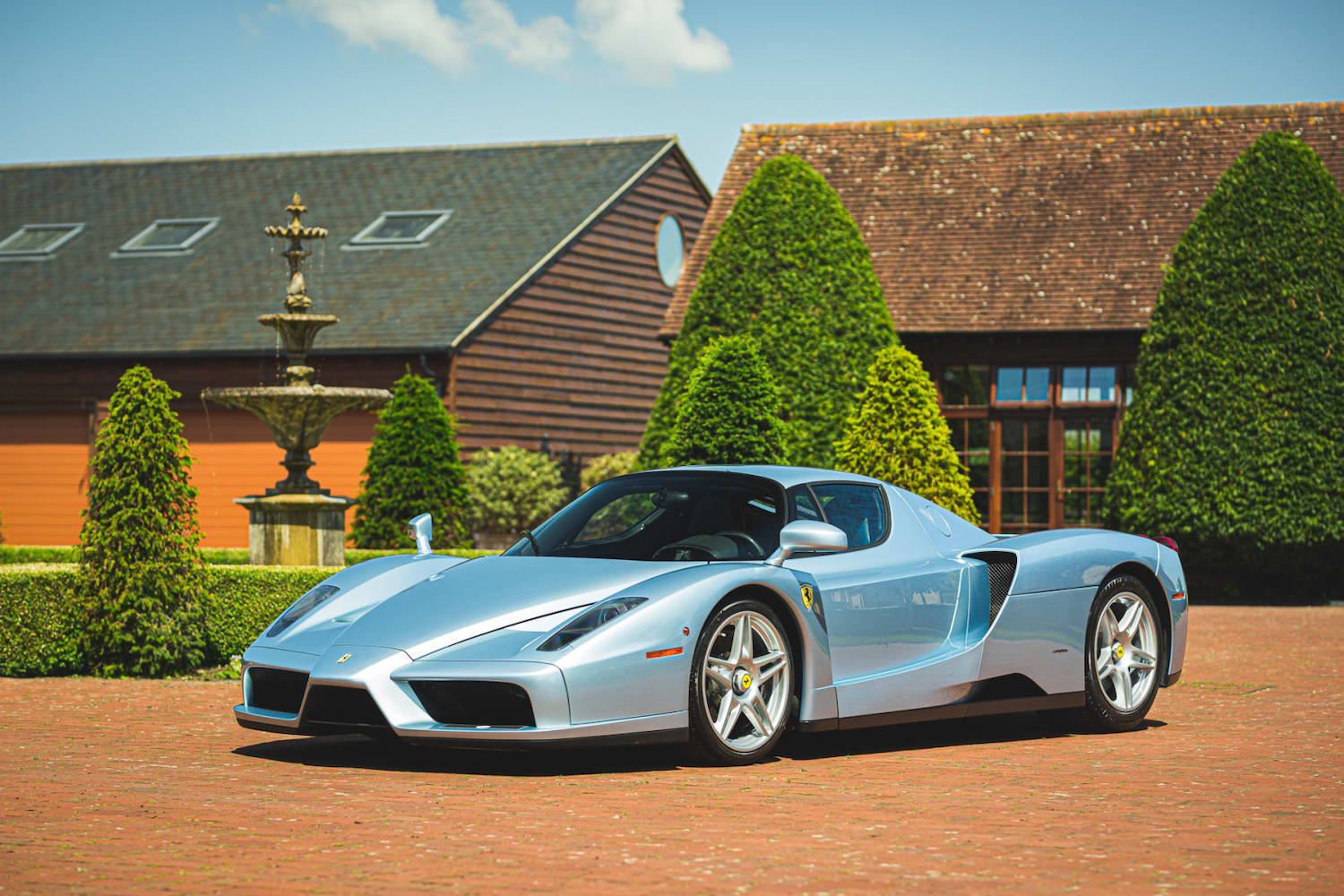
The 2000s were a time of unparalleled success for Ferrari in Formula 1. With Michael Schumacher at the wheel, Ferrari won five consecutive drivers’ and constructors’ championships from 2000 to 2004. This period cemented Ferrari’s status as the most successful team in F1 history.
On the road car front, Ferrari continued to push boundaries. The Enzo Ferrari, launched in 2002, was a technological tour de force, featuring a naturally aspirated V12 engine derived from F1 technology, a carbon-fiber chassis, and advanced aerodynamics. It was not just a car but a statement of Ferrari’s engineering prowess.
The decade also saw Ferrari expanding its lineup with models like the Ferrari 599 and the Ferrari F430. Both cars embodied Ferrari’s commitment to blending performance with luxury, offering cutting-edge features like magnetic suspension systems and carbon-ceramic brakes.
The 2010s: Embracing Hybrid Technology and Expanding the Brand
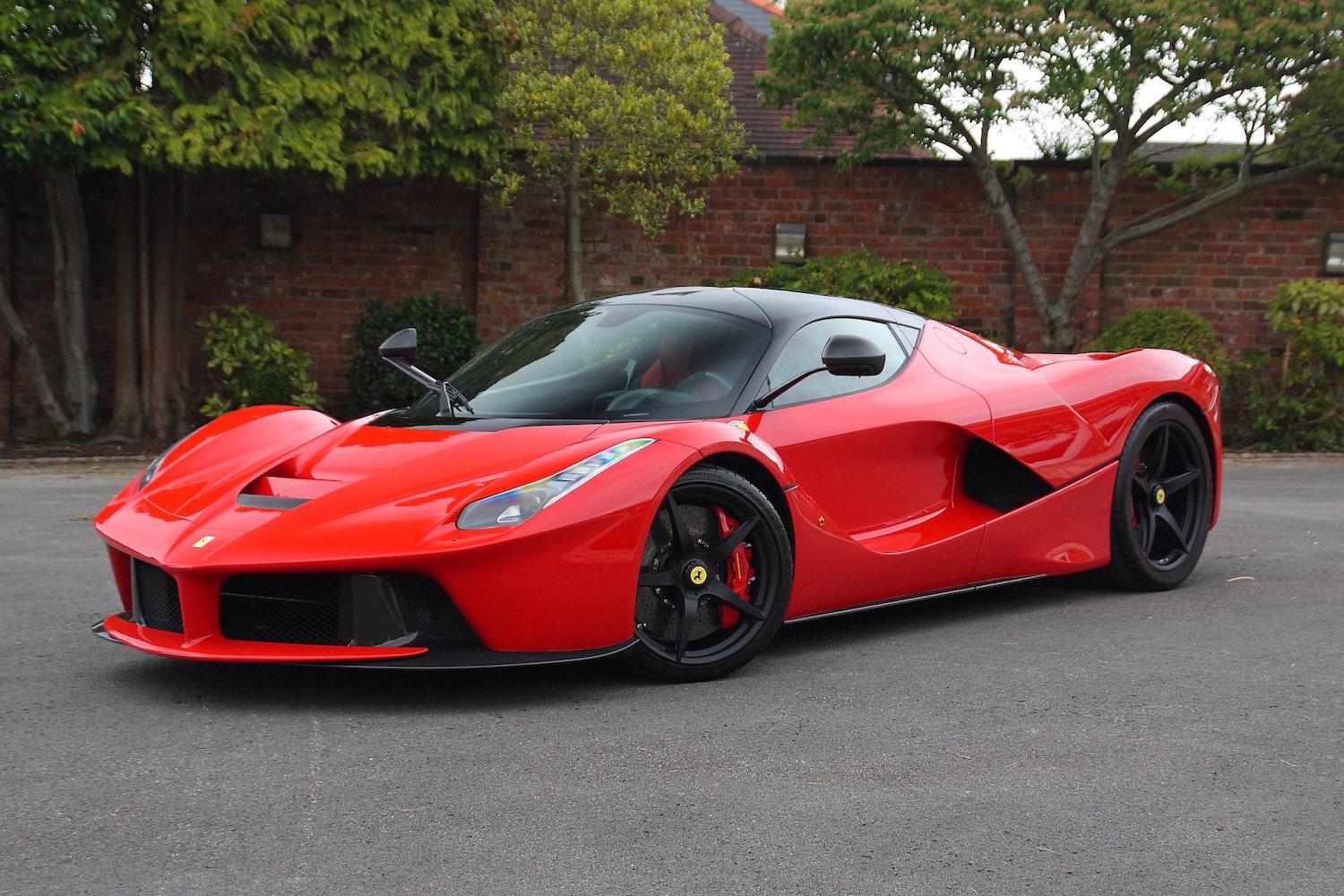
The 2010s marked a turning point for Ferrari as it began to embrace hybrid technology and broaden its appeal. The LaFerrari, introduced in 2013, was the brand’s first hybrid hypercar. Combining a V12 engine with an electric motor, the LaFerrari delivered astonishing performance while hinting at Ferrari’s commitment to sustainability.
This decade also saw Ferrari expanding its portfolio with more accessible models like the California T and Portofino, targeting new customers who sought a balance of performance and daily drivability. Meanwhile, cars like the 812 Superfast and the 488 Pista continued to showcase Ferrari’s dedication to delivering unmatched performance.
In motorsport, Ferrari remained a strong contender in Formula 1, though championship titles proved elusive. Nevertheless, the Scuderia’s passion and heritage kept it at the forefront of the sport.
The 2020s: Innovation and Electrification
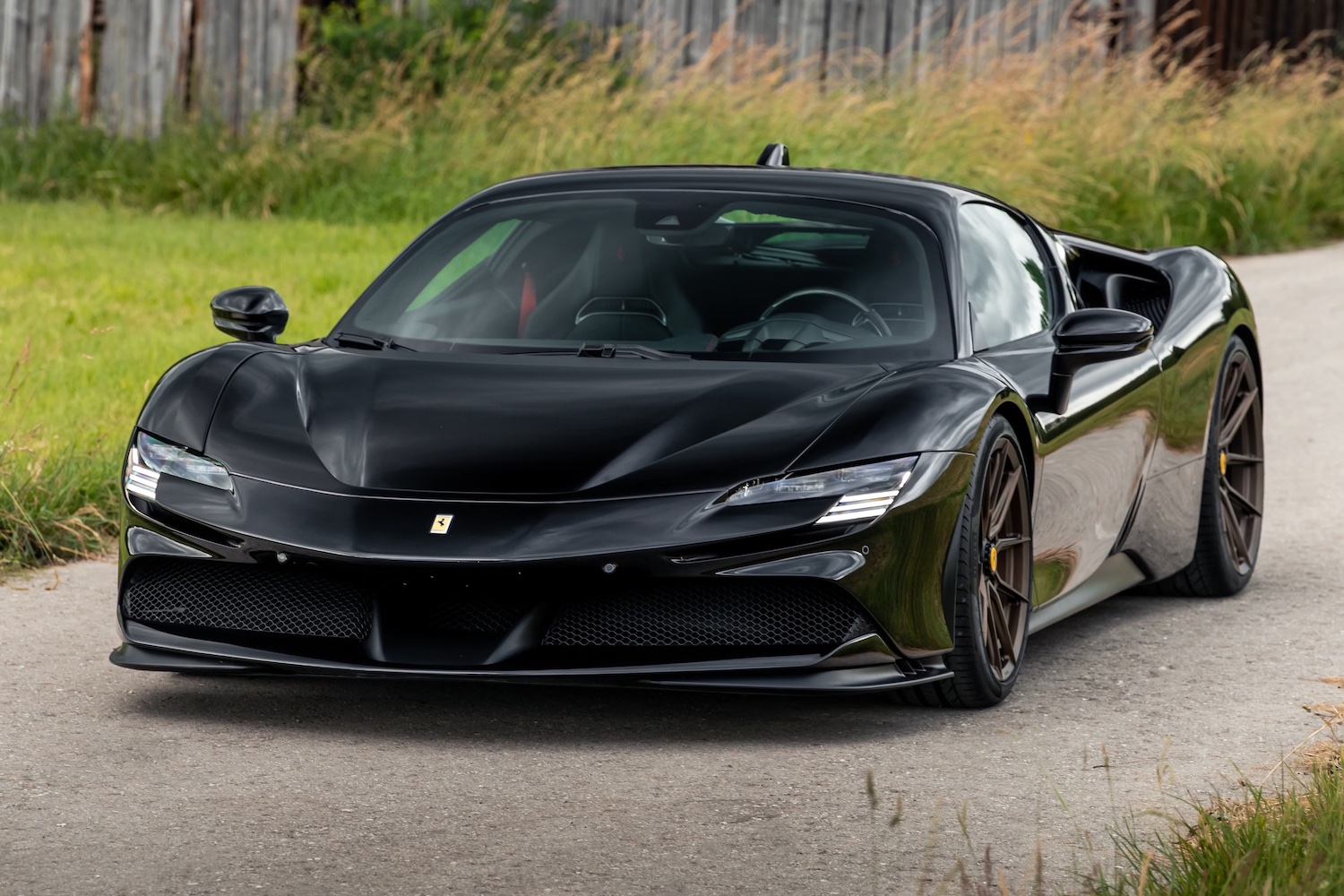
The 2020s have been a transformative era for Ferrari as it moves toward a future defined by electrification. The SF90 Stradale, launched in 2020, is Ferrari’s first plug-in hybrid supercar, offering blistering performance and the ability to run in all-electric mode. This model reflects Ferrari’s ability to adapt to changing times while staying true to its core values.
Ferrari’s lineup has continued to grow, with models like the Purosangue, the brand’s first SUV, and the Roma, a sleek grand tourer that pays homage to Ferrari’s design heritage. These cars demonstrate Ferrari’s willingness to explore new segments while maintaining its focus on performance and luxury.
In motorsport, Ferrari remains a key player in Formula 1 and endurance racing. The brand’s return to Le Mans in 2023 with the Ferrari 499P Hypercar marked a triumphant victory, further solidifying its legacy in endurance racing.
From the 1960s to today, Ferrari’s journey has been one of constant evolution. Through decades of triumphs and challenges, the brand has remained a symbol of excellence, pushing the boundaries of design, technology, and performance. As Ferrari embraces electrification and new market segments, it continues to honor its heritage while charting a bold course for the future. For enthusiasts and collectors alike, Ferrari remains the ultimate expression of automotive passion and innovation.
